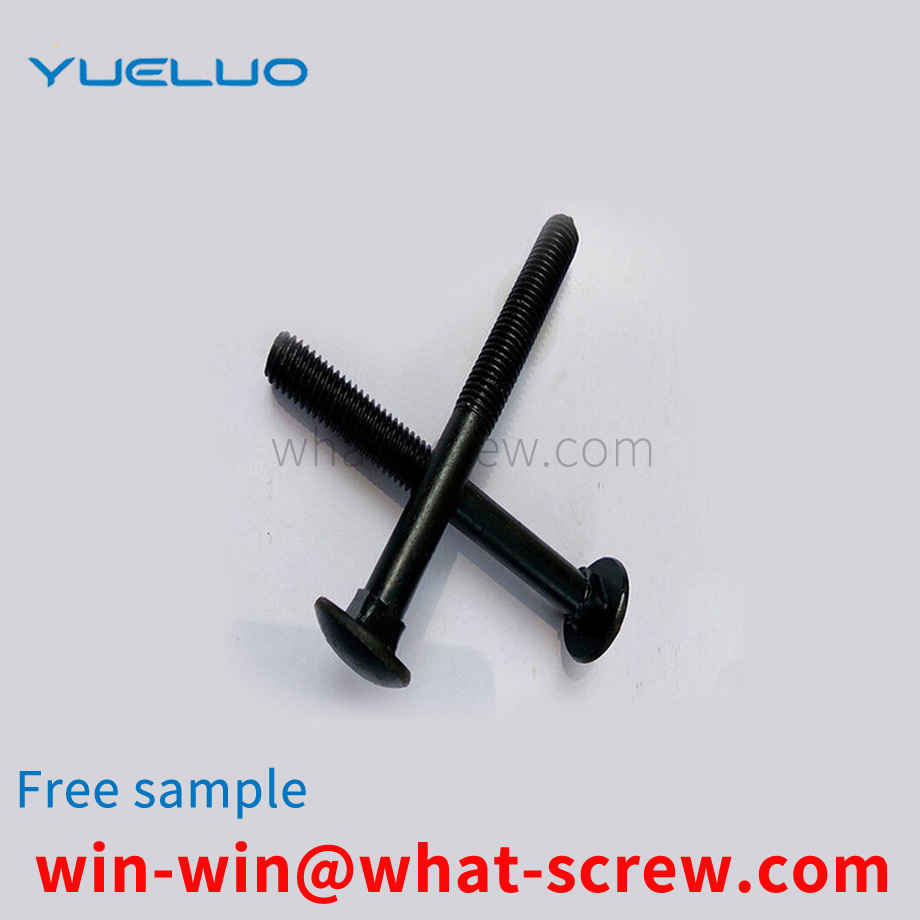What is the tolerance range of precision screws?
What is the tolerance range of precision screws?
Service Hotline
+86760-8787 8587We have more than ten years of production experience in the screw industry, the main products are: hexagon socket bottom hole 4.2 small outer diameter, DIN935 nut, 0.75mm, small outer diameter washer, stainless steel 304 flange surface nut, casing double inner teeth, color Washers, hexagon socket head equal height bolts, square nut nuts, flat tail machine thread screw, fine thread hexagon nut, countersunk head hexagon socket blind hole straight nut, PC board circuit board support column, plastic bolts, plastic spacers Gaskets and other fasteners have different prices due to different product materials and specifications. Please contact us if necessary.


A screw is a tool that uses the physical and mathematical principles of the circular rotation and friction of an object to fasten the mechanism of the object step by step. A drill-tail screw is a screw with a self-tapping drill head on the front end of the screw. The screw is a common invention in people's production and life for thousands of years. According to the application field, it is the first invention of mankind. Drilling screw is a new invention in recent years, also called self-drilling screw. A screw is a common term for fasteners, an everyday colloquial language.

The purpose of Guangdong Yueluo Hardware Industry Co., Ltd. is to overcome the above shortcomings and provide a limit screw. The technical scheme of Guangdong Yueluo Hardware Industry Co., Ltd. is realized in the following way. Its structure is composed of screws, hexagonal copper posts and limit necks. The left end of the limit neck is open, the hexagonal copper column is communicated with the inside of the limit neck, and the inside is provided with screw threads. The design length of the screw thread in the hexagonal copper column is 1/3-2/3 of its own length. The advantages of Guangdong Yueluo Hardware Industry Co., Ltd. are (3), which can effectively prevent the problem of poor memory contact caused by the increase of the deformation of the motherboard due to the warping and deformation of the motherboard during installation and fixation, and can effectively control the amount of deformation effect.


Yueluo relates to a self-tapping screw according to the preamble of claim 1. A self-tapping screw is known from EP0623759B1, the ratio of the outer diameter to the smaller diameter of the self-tapping screw is about 1.25-1.5, the ratio of the outer diameter to the pitch lead is about 1.5-1.6 and the thread The flank angles of , are < 50° and ≥ 35°. EP0433484B1 proposes a self-tapping screw whose thread is provided with cutting teeth of approximately arcuate design, and the cutting edge and the thread crest are at the same horizontal position and are set in opposite directions. One purpose of Yueluo is to realize a general type of self-tapping screw so that it can be screwed particularly easily into holes drilled in concrete or other materials such as bricks and the like. According to Yueluo, this object is achieved by the features in the characterizing part of claim 1, and surprisingly, it has been found that the parallel arrangement of the flanks, ie with a flank angle of about 0°, will make screwing particularly easy when screwing in , especially if the diameter of the hole varies within an allowable tolerance. One reason may be due to the fact that there is no lateral pressure on the material screwed into the thread, even if threads of different depths are cut in concrete or other materials such as brick, chipped plywood, or hardwood. The thread cuts into the material over its entire width by cutting grooves. In particular according to the embodiment of claim 3 the material cut out when screwing in the screw can be discharged without any accumulation, the dependent claims reflecting many advantages of further embodiments.

Bolts refer specifically to screws with larger diameters and may also have no heads, such as stud bolts. In general, it is not called a stud bolt but a stud stud. The most common form of stud is threaded at both ends and a polished rod in the middle. The most typical use: anchor bolts, or places similar to anchor bolts, thicker connections, when ordinary bolts cannot be used.

The above content is uploaded by Yueluo or the Internet. If there is any copyright issue, please contact [email protected].

What is the tolerance range of precision screws?

How to choose the right stainless steel screw manufacturer?

Why is there an R angle under the head of the hexagon head s...

We have more than ten years of production experience in the ...

We have more than ten years of experience in the production ...

We have more than ten years of experience in the production ...

We have more than ten years of experience in screw industry ...